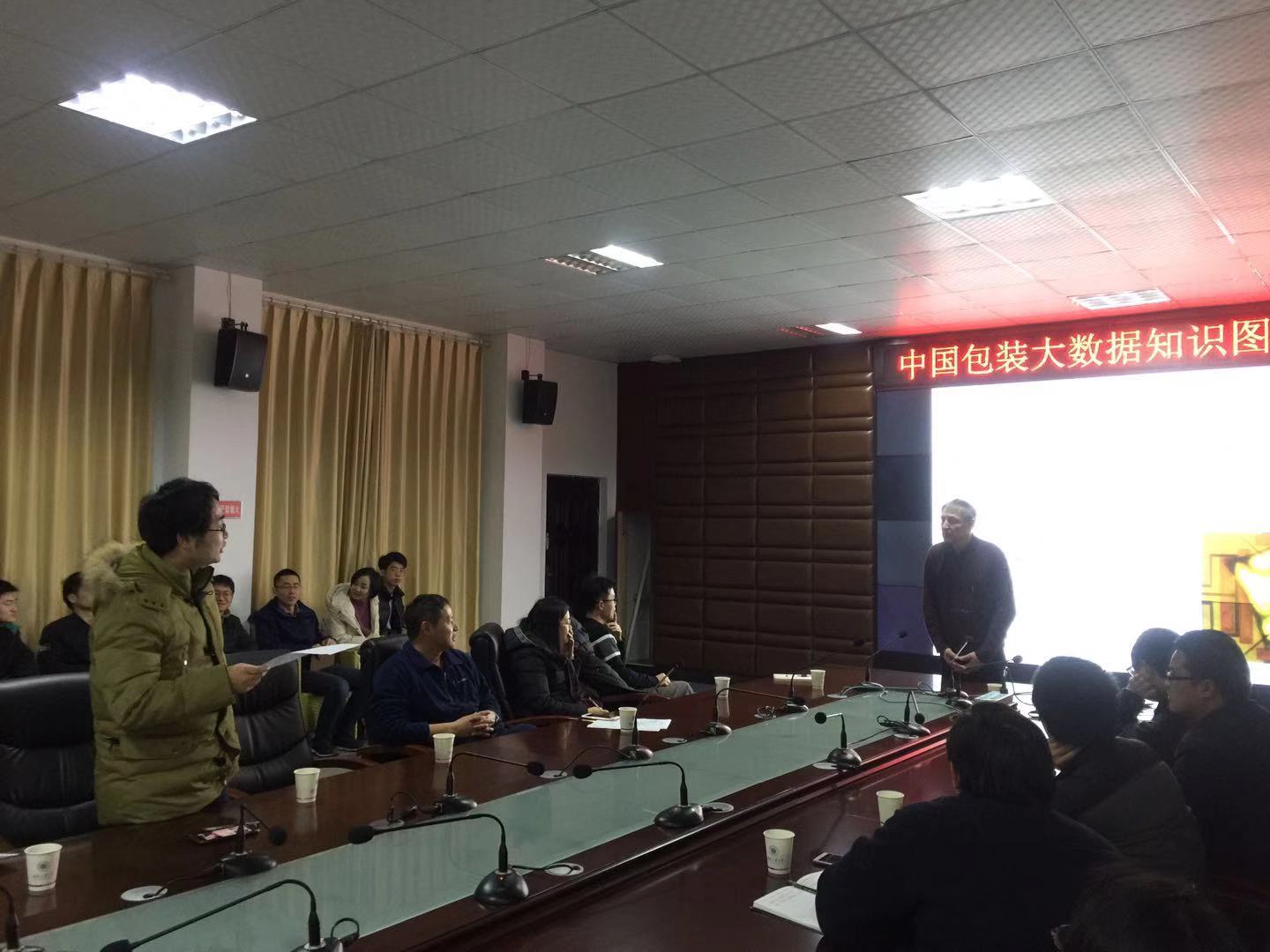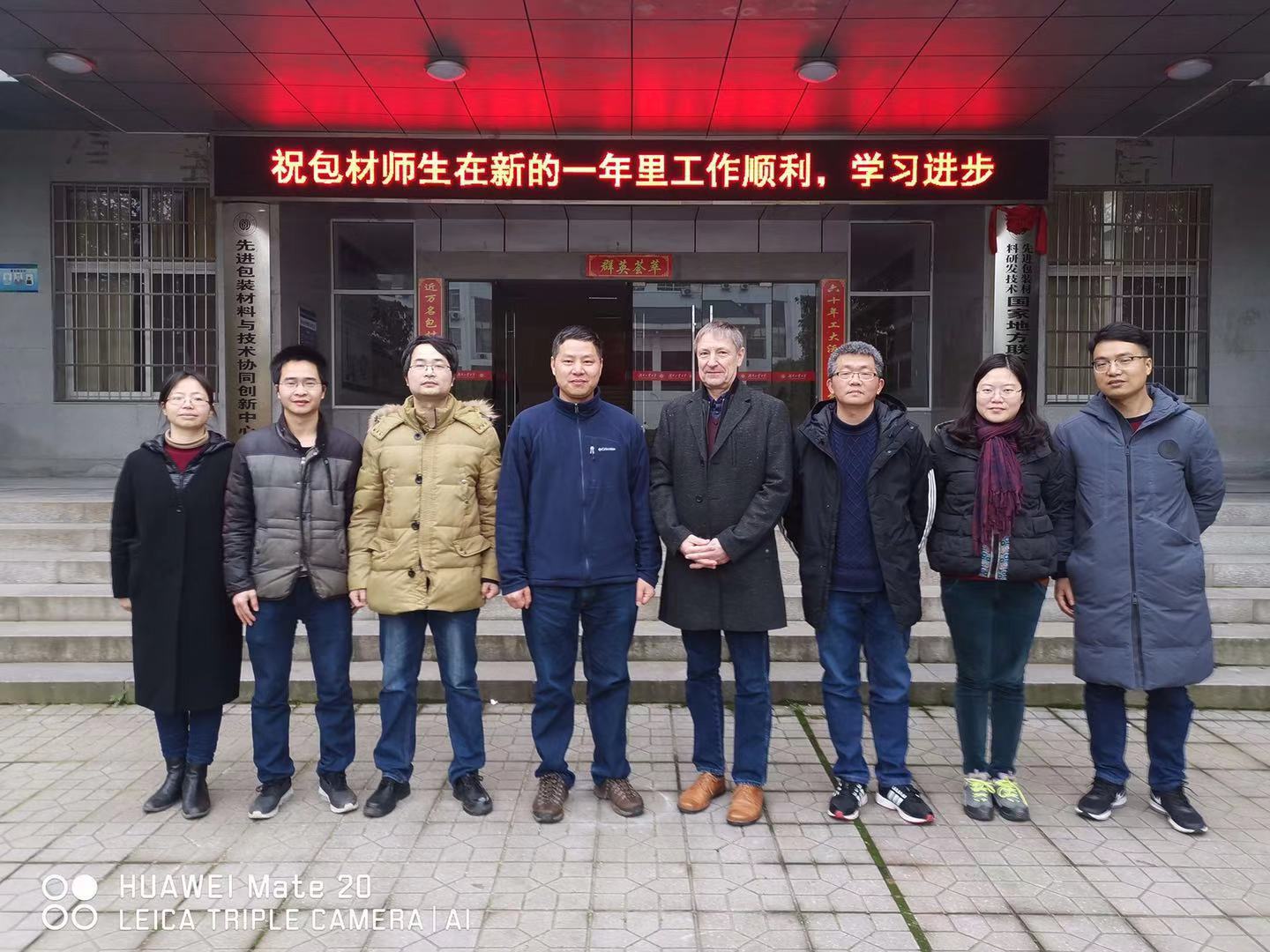
学术报告由学院院长刘跃军教授主持,三十多名师生一起认真聆听了René Androsch教授的报告,多位博士就报告内容、学科研究前沿、项目合作等展开了深入交流。



据悉,René Androsch教授还参观了学院博士项目展厅,以及重点实验室,并考察参观了学院合作企业株洲时代新材。本次René Androsch教授来到我校,为材料学科开展国际交流与合作拓展了更多的渠道。
附:
Title of Presentation: Nucleation-controlled morphology of semi-crystalline polymers
René Androsch
Interdisciplinary Center for Transfer-oriented Research in Natural Sciences, Martin Luther University Halle-Wittenberg, 06099 Halle/Saale (Germany)
Abstract: The dependence of formation of qualitatively different semicrystalline morphologies on the degree of supercooling of the melt before nucleation/crystallization is analyzed for a large number of polymers, allowing general statements about nucleation pathways. Emphasis is placed on identification of temperature ranges of prevalent heterogeneous and homogeneous primary crystal nucleation, which are identified by analyses of the temperature-dependence of the crystallization kinetics, and of the resulting structure at both the nanometer length scale, to obtain information about the crystal habit/shape, and the micrometer length scale, to obtain information about the higher-order organization of crystals. It is concluded that heterogeneous nucleation is only effective at rather low supercooling of the melt, while it is commonly outpaced by homogenous nucleation at high supercooling, at temperatures close to the glass transition. As a typical feature, the density of homogeneous nuclei forming at low temperatures is several orders of magnitude higher than the density of heterogeneous nuclei impacting the dimensions and the spatial organization of crystals. It will also be shown that addition of (athermal) heterogeneous nucleators affects crystallization at low supercooling of the melt, with the availability of a sufficiently large number of these heterogeneous nuclei at the temperature of highest crystal growth rate then even causing faster crystallization than at temperatures of prevailing homogeneous nucleation.